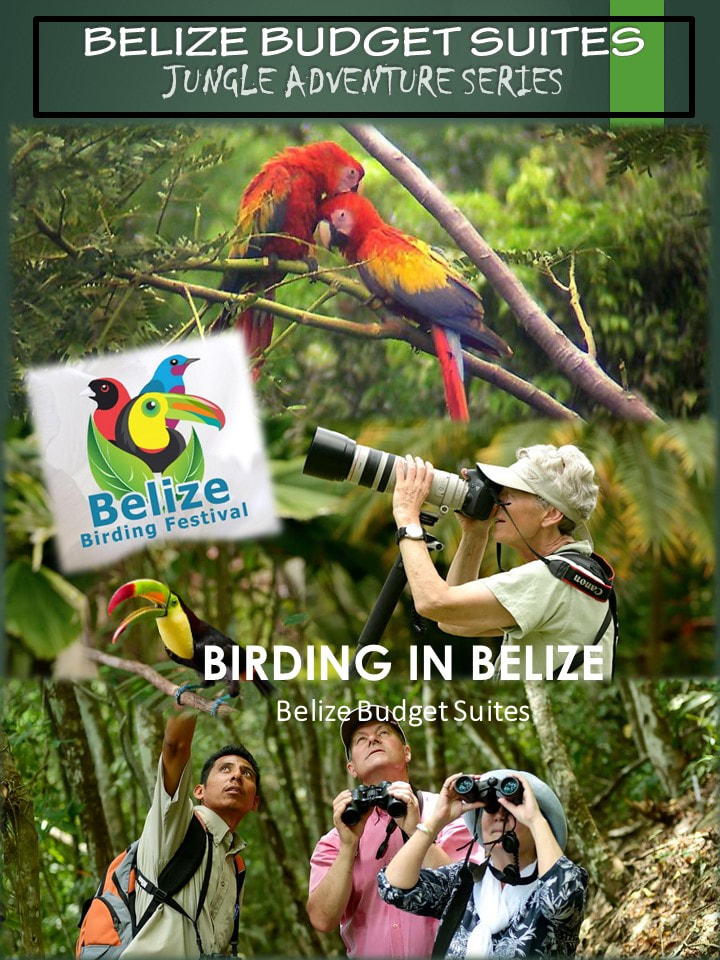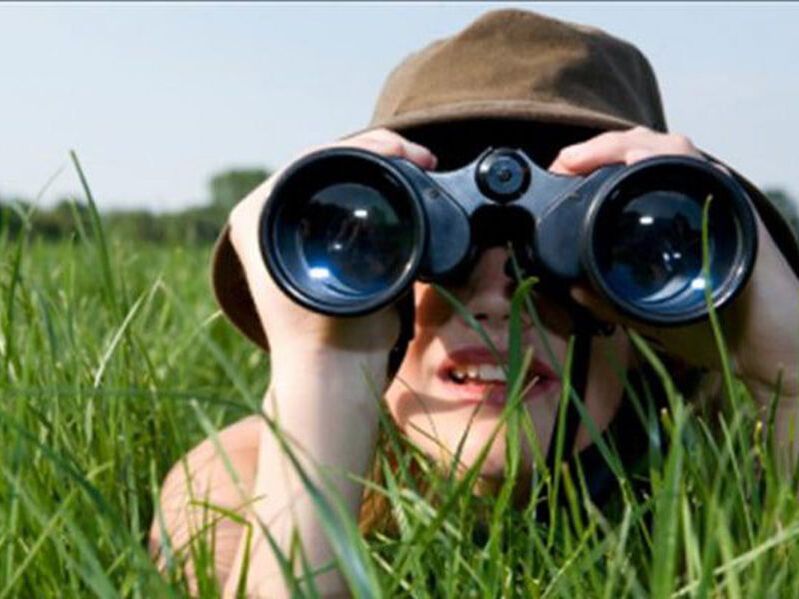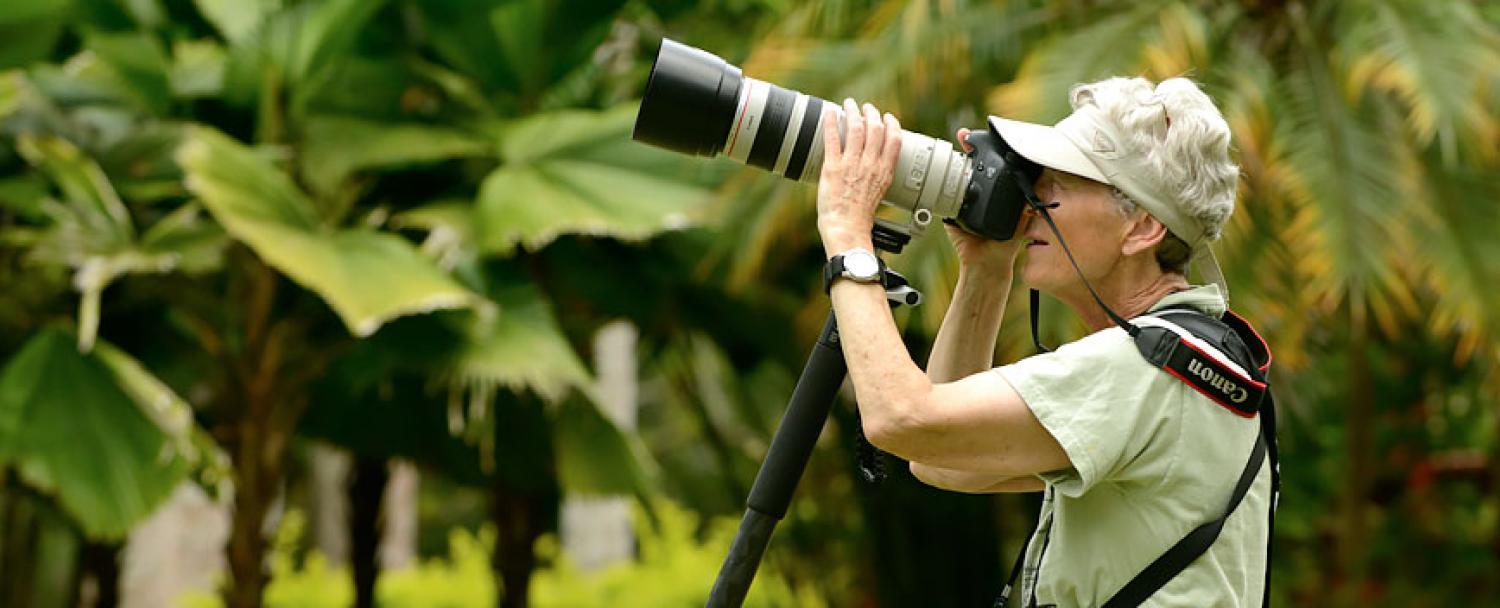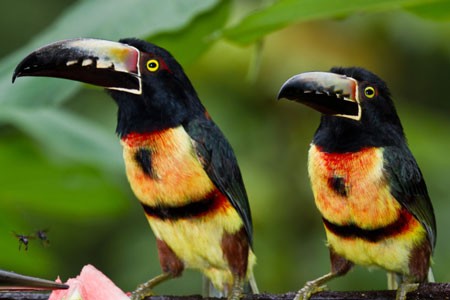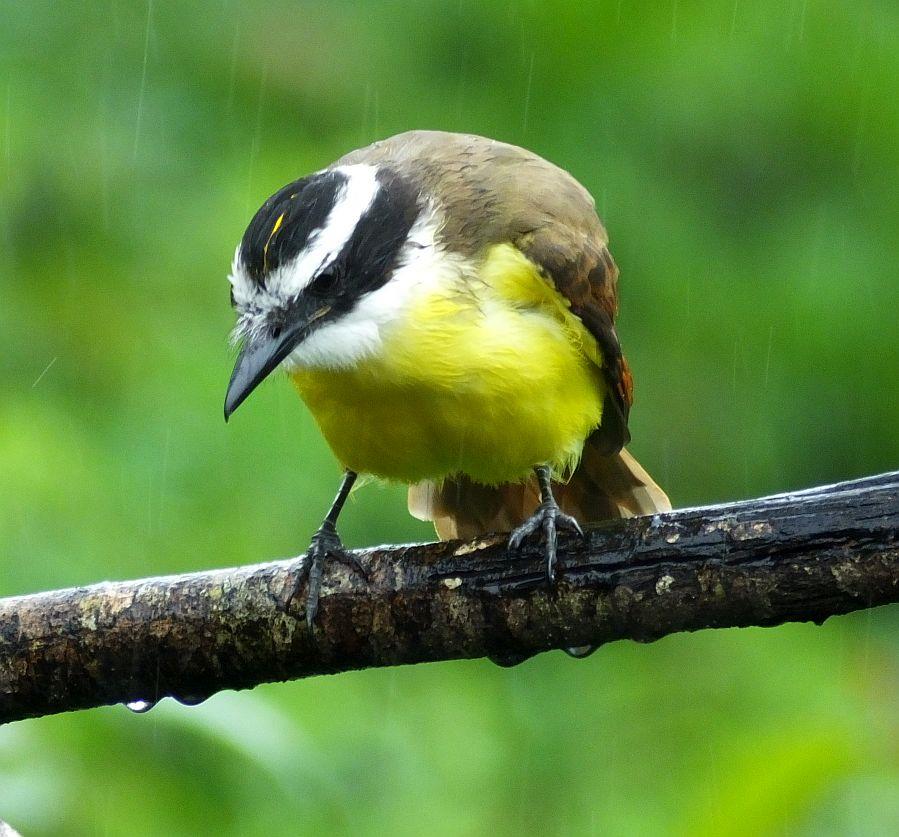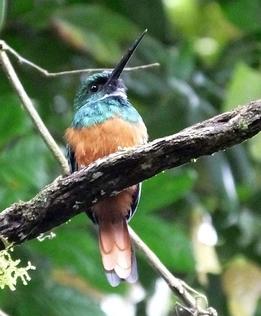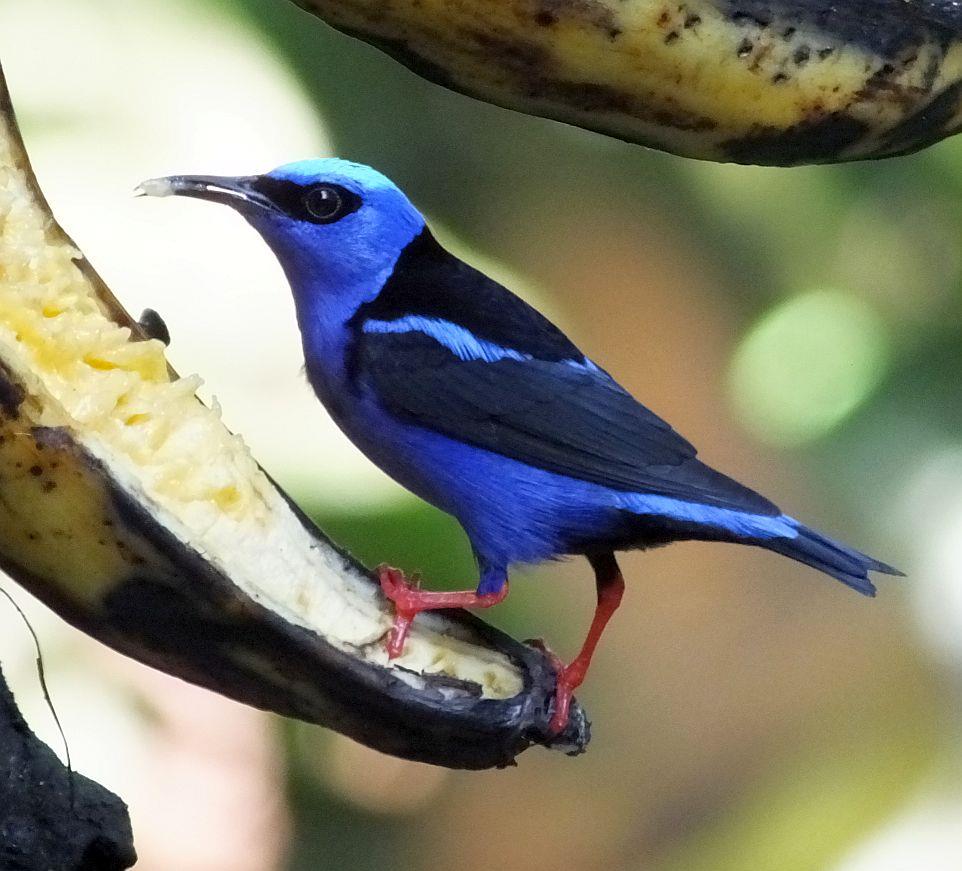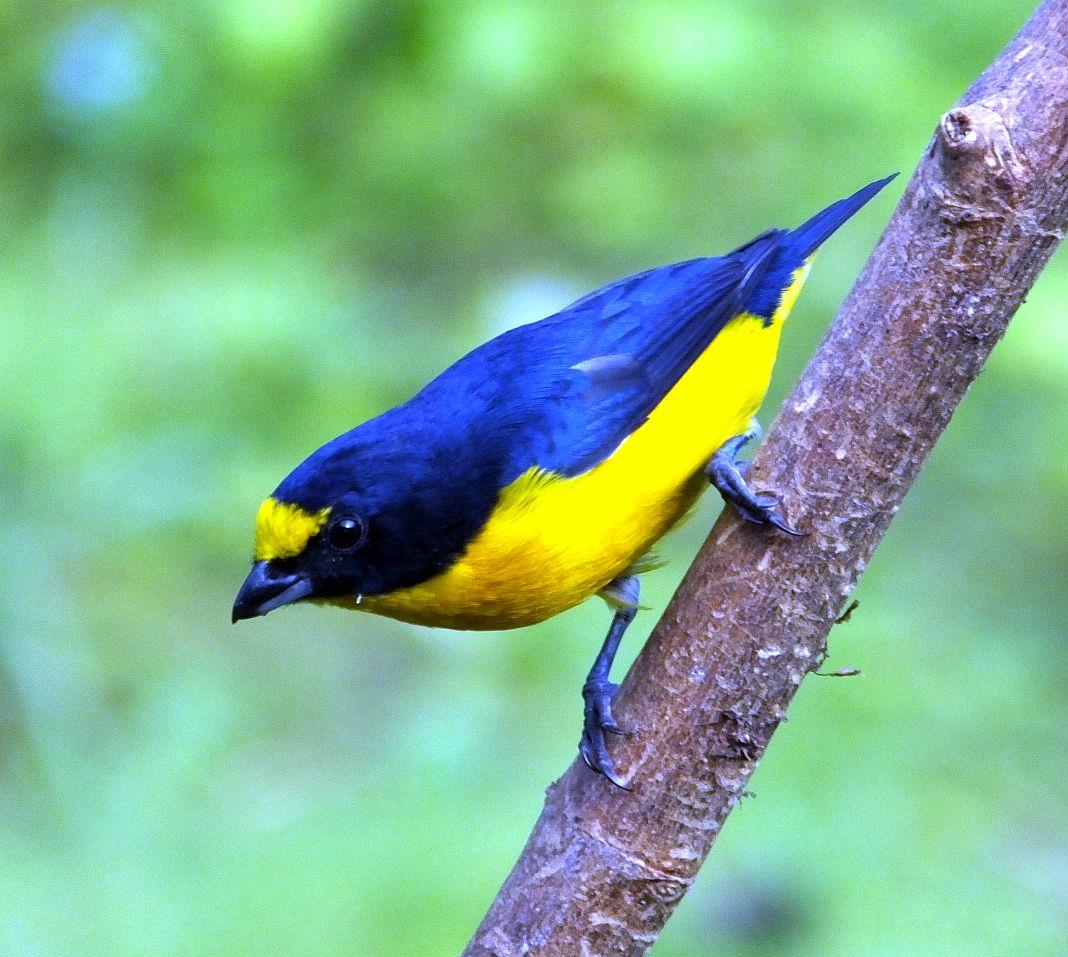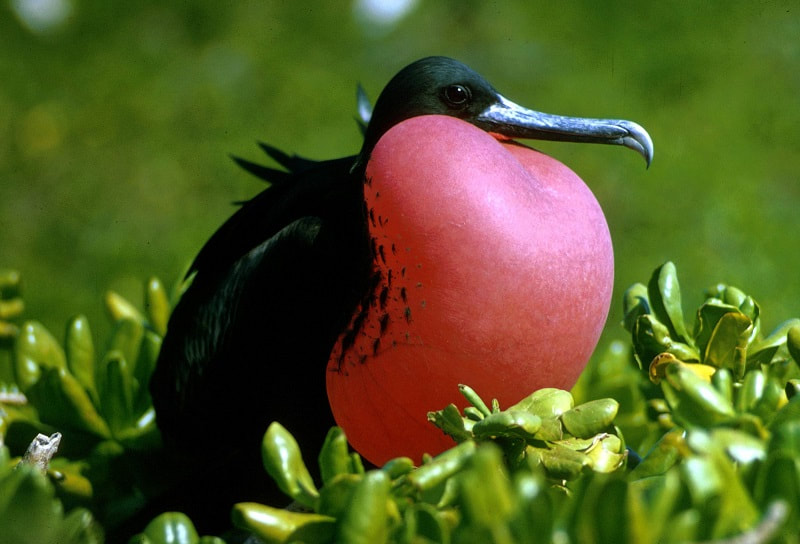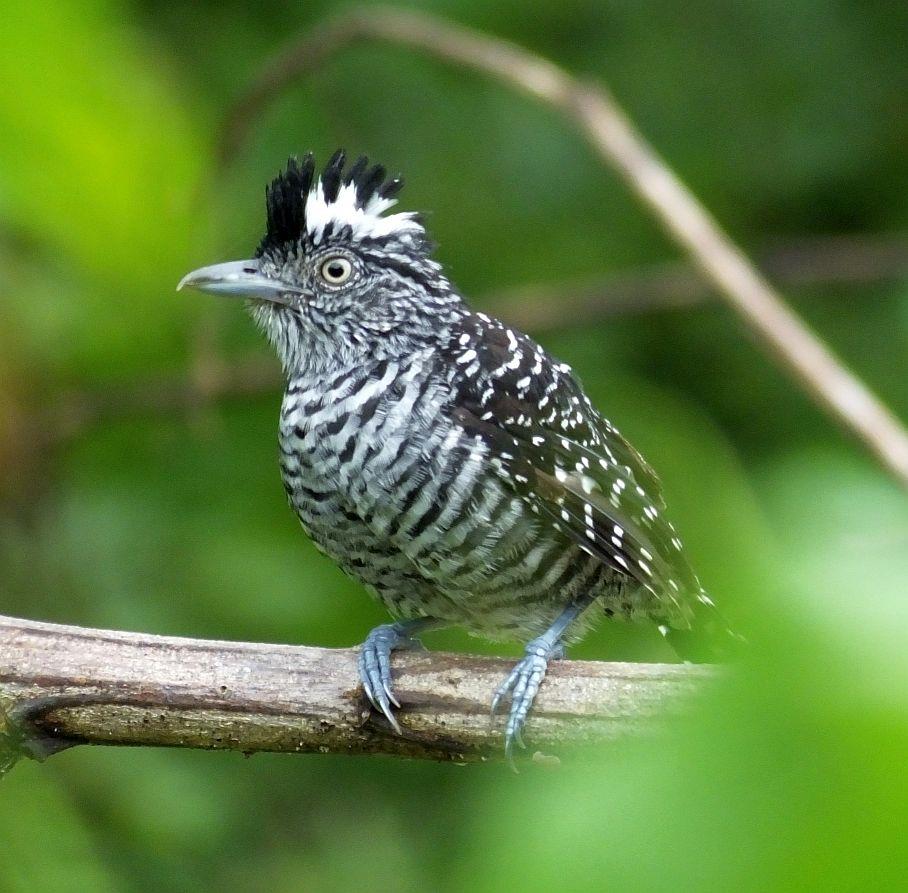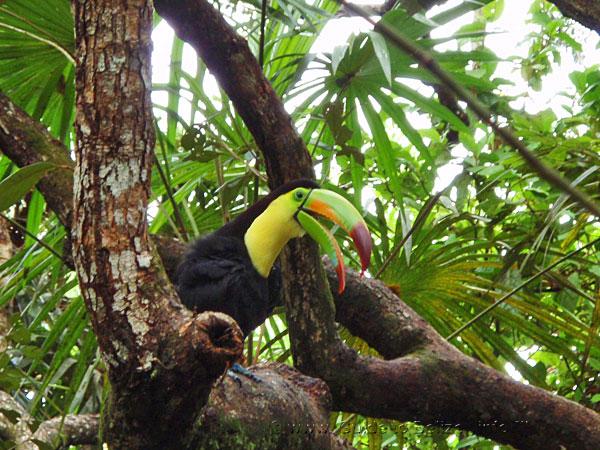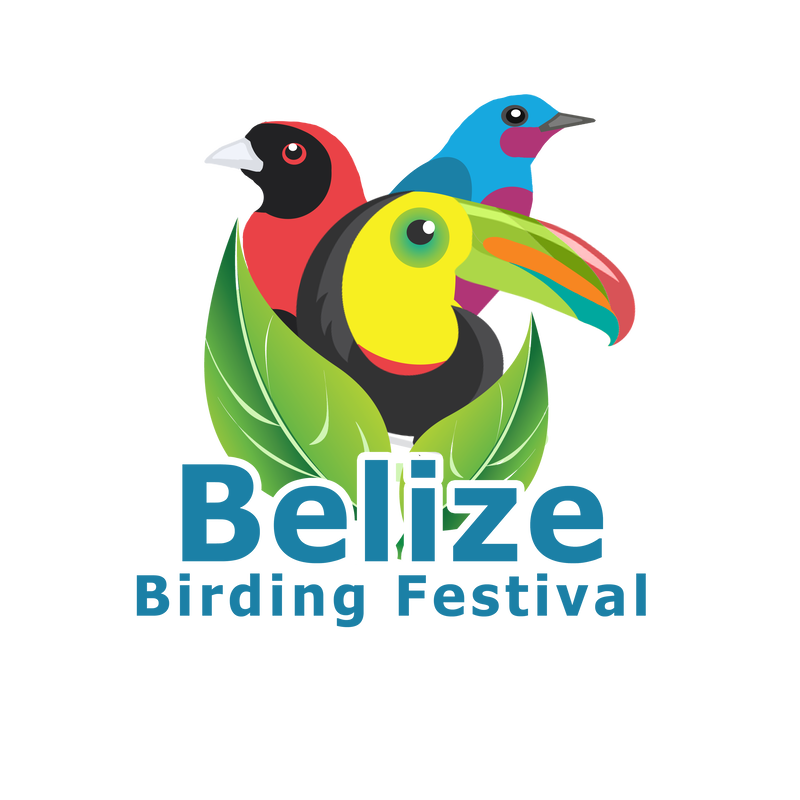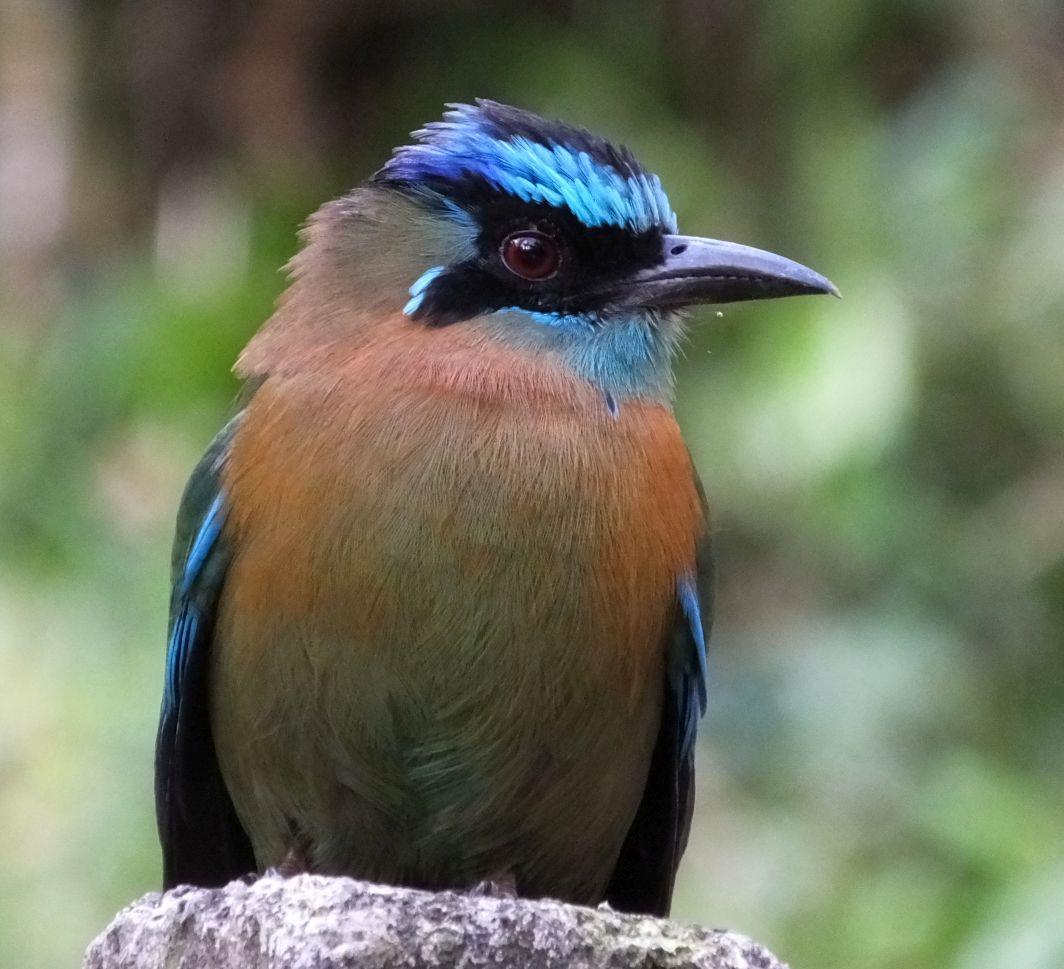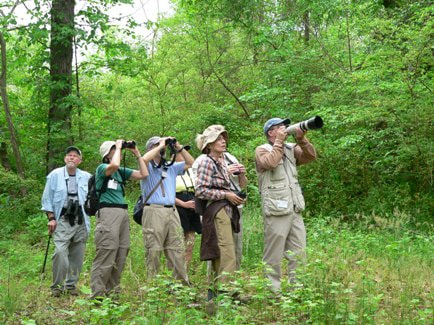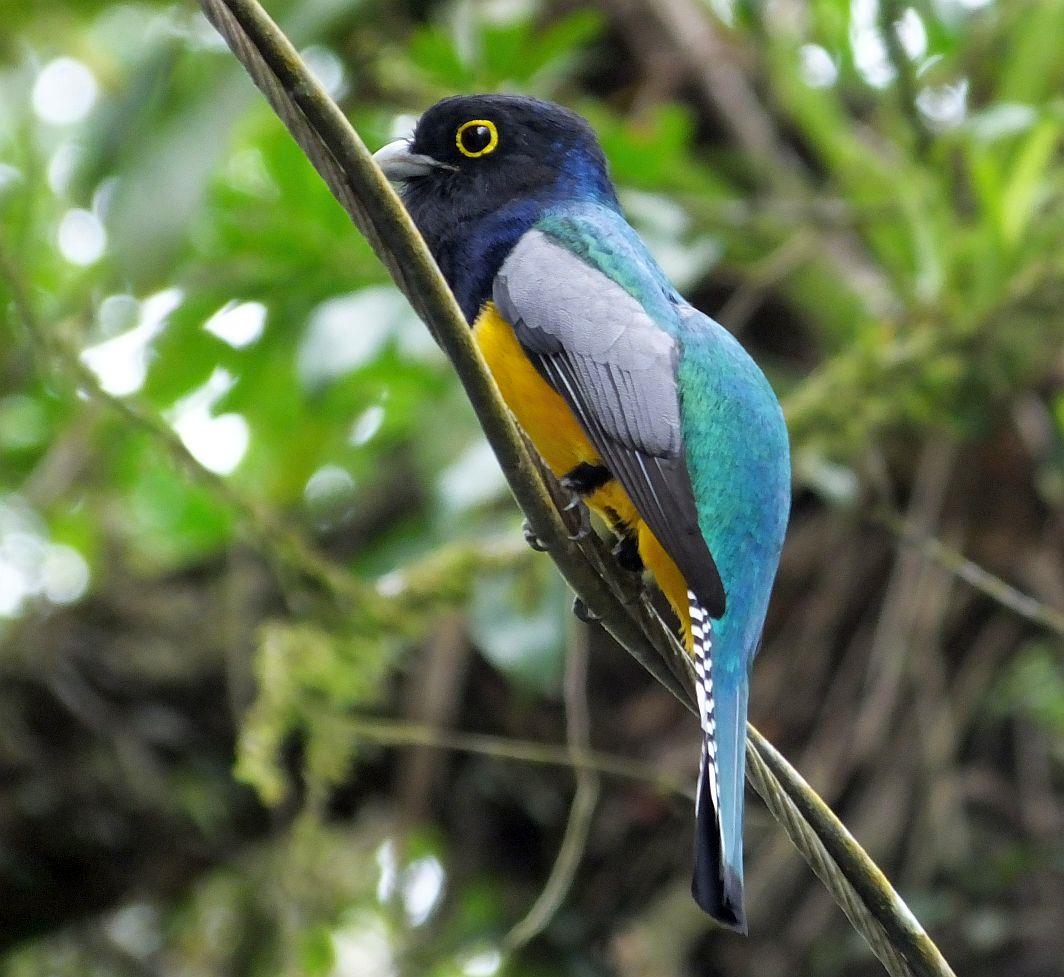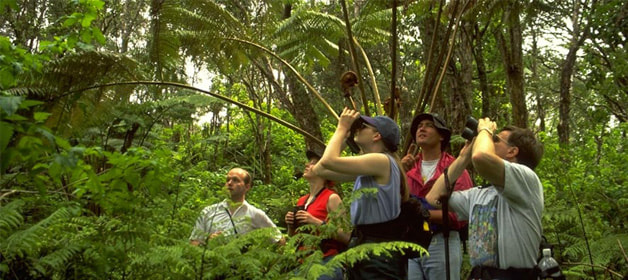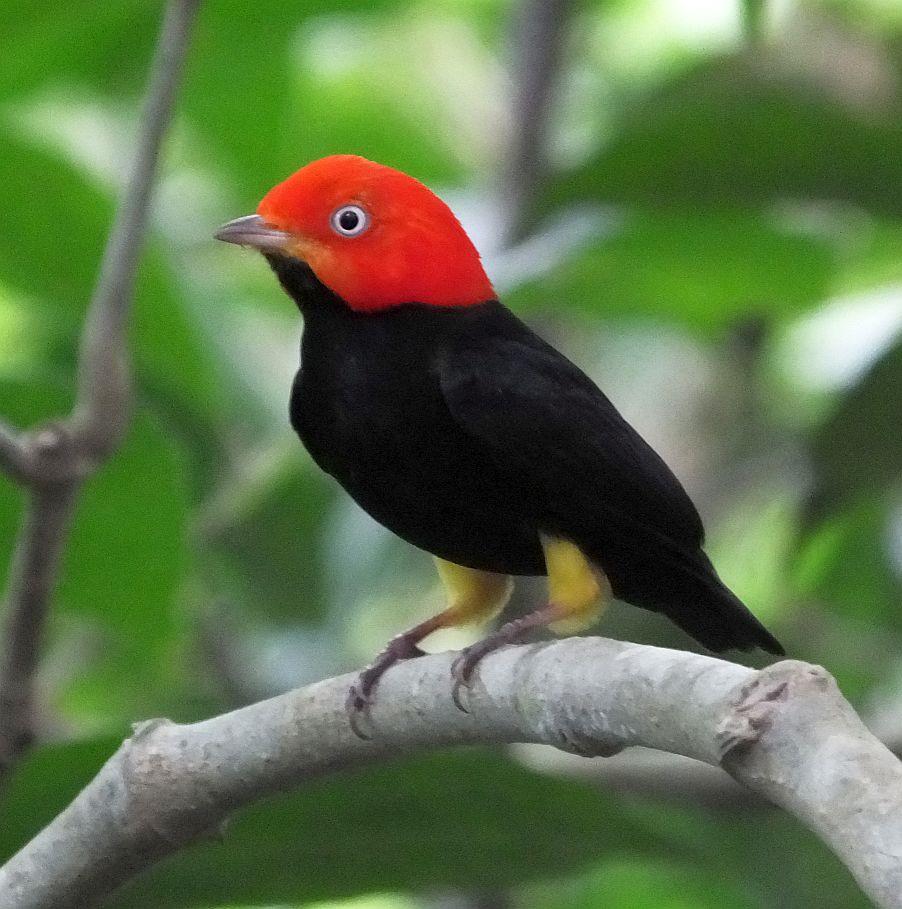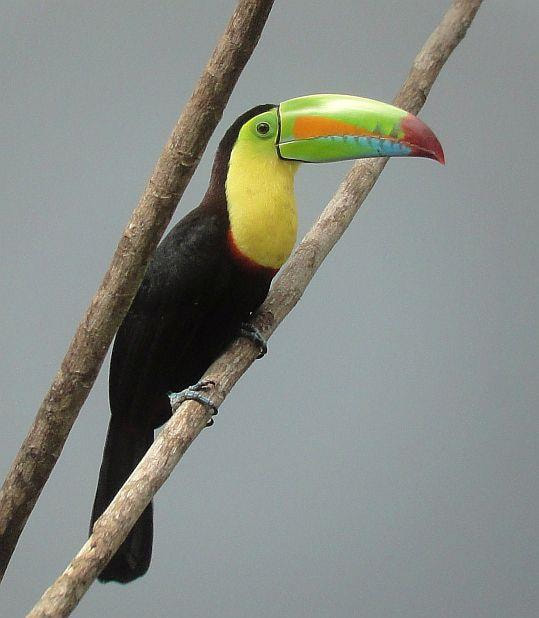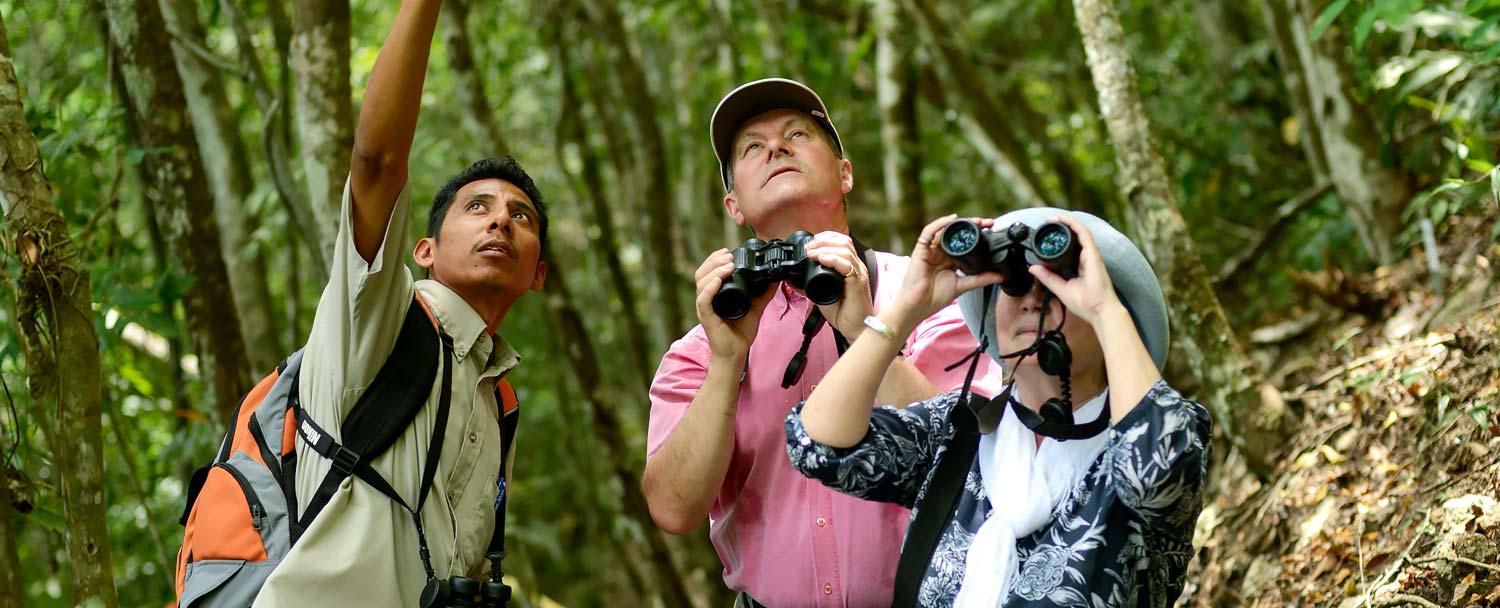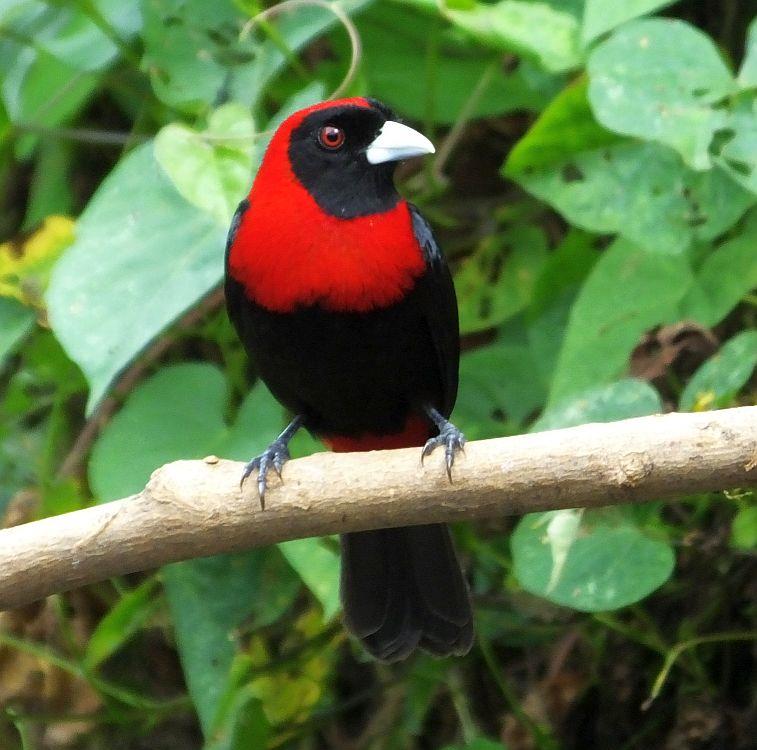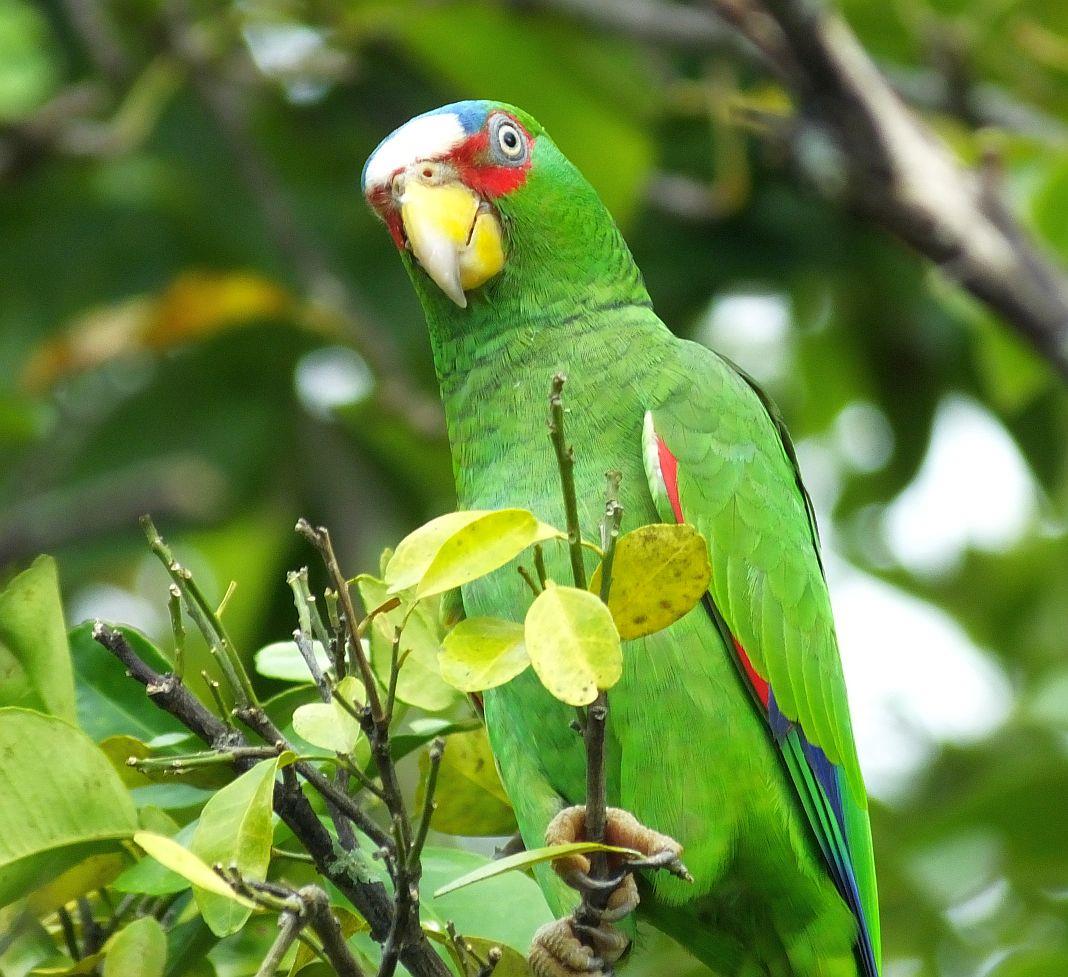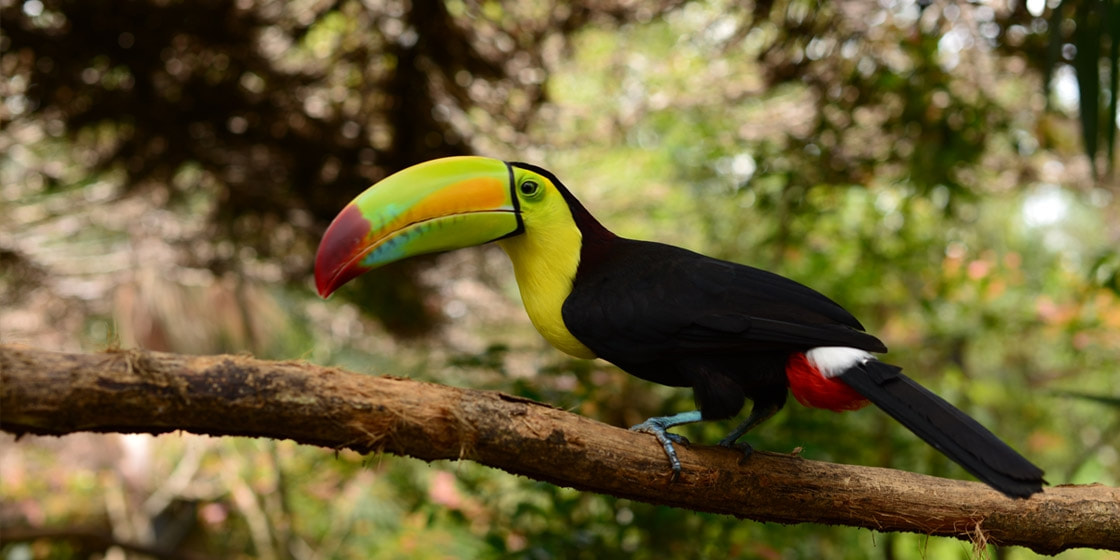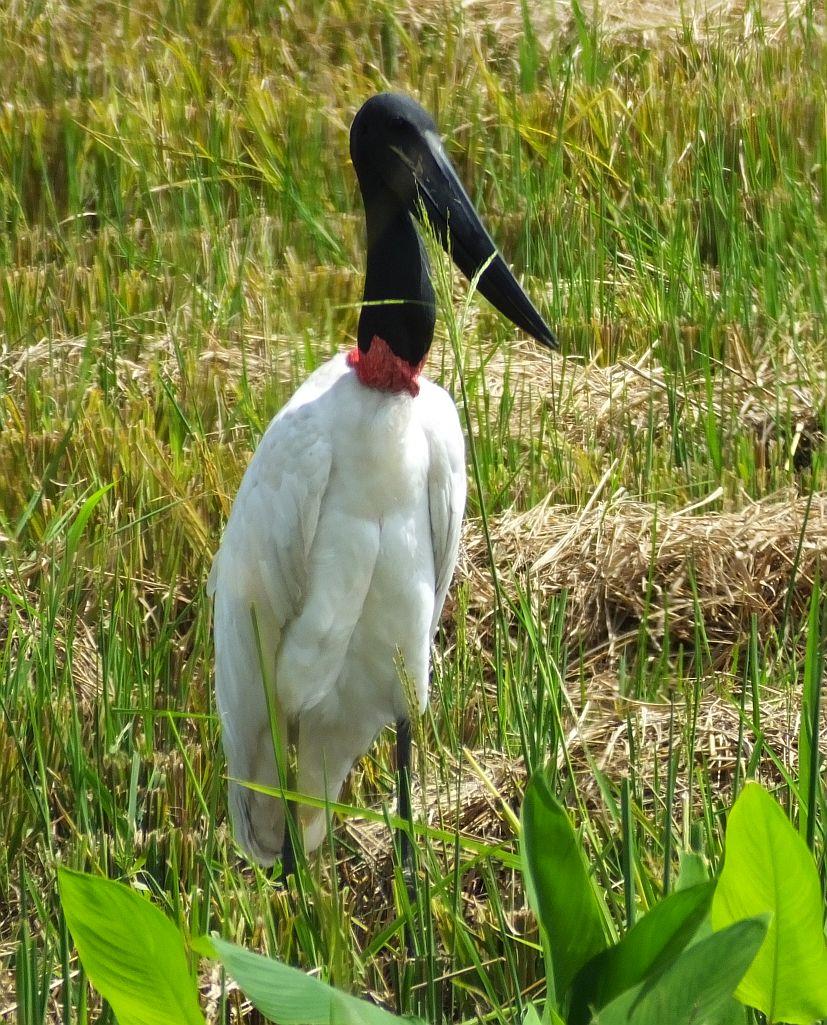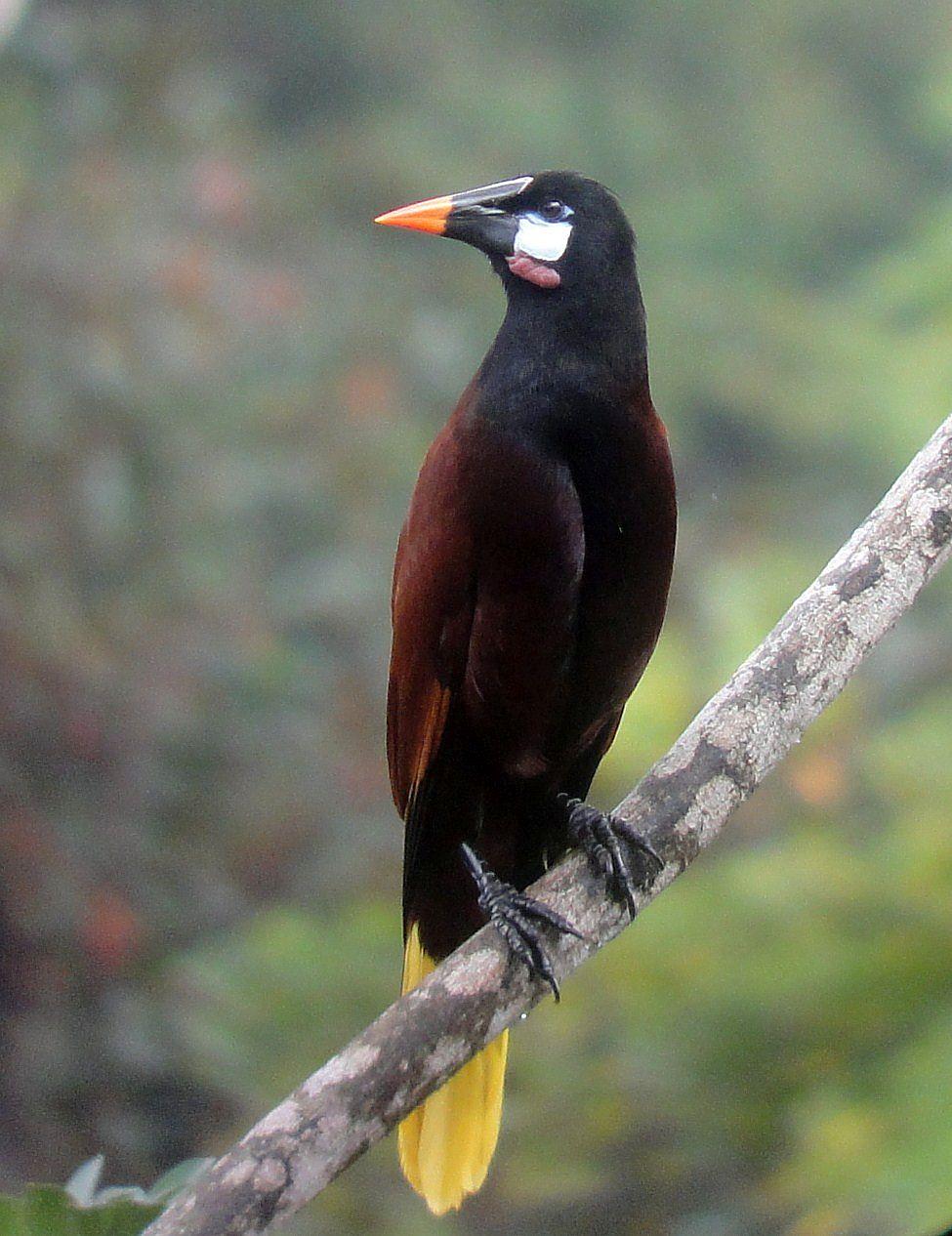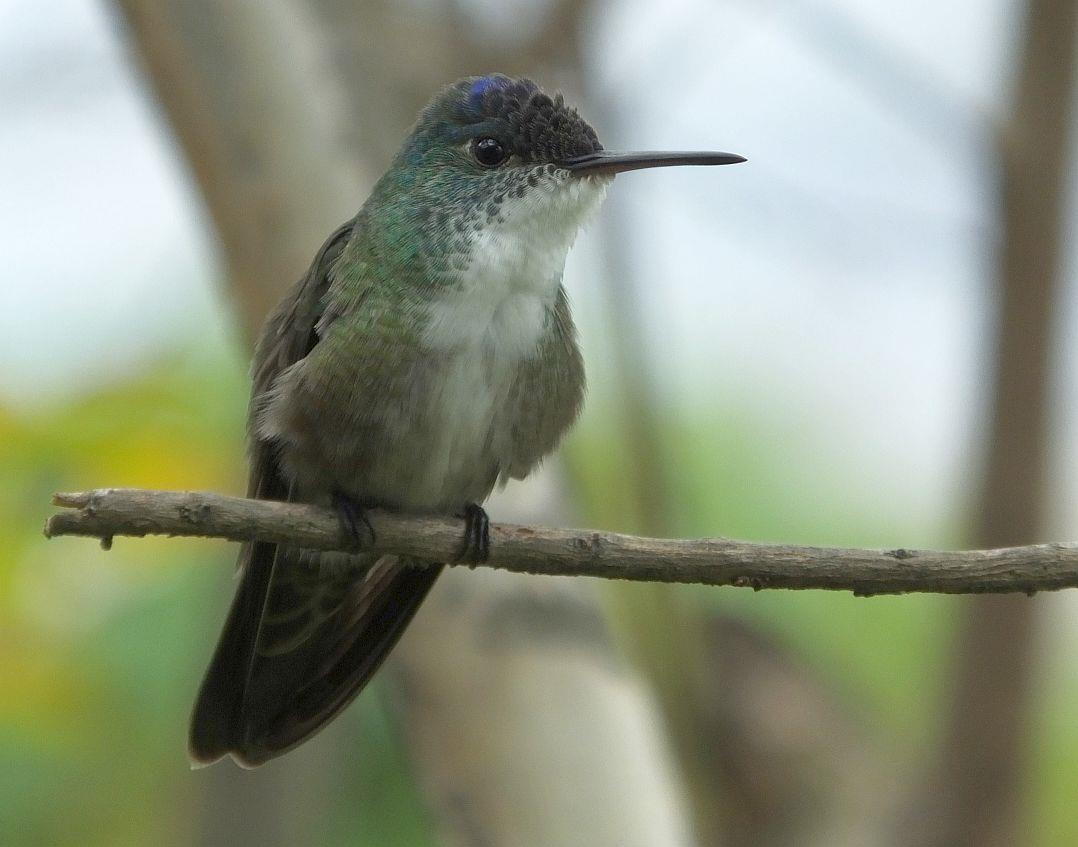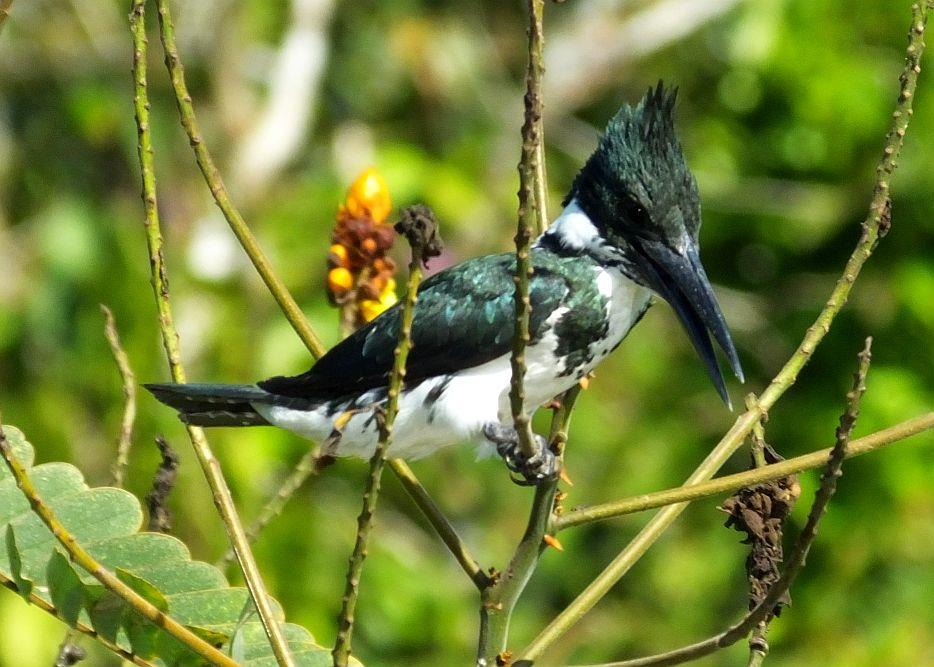Jungle Adventures
Belize Bird Watching
Duration: Full Day Departure Time: 6:30 a.m. at dock Returning: 4:30-5:00 p.m. Included: Cold bottled water, sodas and a light snack are included in most tours. Transportation to & from the site, as well as a licensed tour guide. Full day activities typically include lunch, half day activities DO NOT. What to Bring: Camera, cell phone, personal medications (for the day), light rain jacket or windbreaker, sunscreen, insect repellent, sunglasses, hat. Back pack with long pants and shirt that allow for movement and can get wet, good walking shoes (sneakers or hiking boots), a full change of clothes, and personal toiletries. Cash for paying park fees (if applicable) and tipping your guide. Bird Watching: Feel free to bring your own binoculars, and any field guide books you may have. Parental Note: Strollers and young children typically don't work well with many of the jungle activities. Be sure to ask about height and age requirements before booking any activity. Note: The gear not included in the tour, can usually be put on a credit card, with park fees needing to be paid in cash. |
Belize Bird Watching
Description: Belize is truly a birder’s paradise. Belize is a small English speaking country with a diversity of habitats, making it home to over 574 species of birds. Unusual birds such as the Jabiru Stork (the largest bird in the Western Hemisphere) and rare birds such as the Ornate Hawk Eagles and Harpy Eagle make Belize their home. Birding throughout Belize is an experience for any level of birder, from novice to expert.
Belize has savannahs, rainforests, riparian habitats, broadleaf forests, pine forests, ocean coast lines, and many other features that provide diverse habitats. Because Belize is a small country, guests can experience many of these different areas in a short time and the diverse species each habitat is home to. Another beauty of the sport of Belize birding tours is that it can be combined with other activities such as canoeing, horseback riding, hiking through jungle trails, climbing Belize Mayan ruins temples or simply sitting on a deck. Best Birding Time in Belize
Belize is great for birding throughout the year. Late October to late April (dry season), is when all the local resident birds are joined by migratory birds, escaping the harsh winters of North America. During the summer months (rainy season), migratory birds come from South America.
The annual Bird Festival for Belize is held in October of each year, and the majority of organized birding tours, also correspond to high-season (aka dry season), from mid-November to late April when most tourists come to Belize. |
13 Birding Sites in Belize, 7 Among the World's Best
You are officially in one of the best birding destinations for the entire world, right here in the country of Belize. Most birding treks (tours, hikes, walks) occur early in the morning, as this is a time when most bird species are feeding or are moving to new locations, making it ideal for viewing. It is not unusual to spot over 50 to 100 different species in just a few hours. Veteran bird watchers make pilgrimages to Belize year round to go bird watching. Sure, it takes time to spot over 590 birds species in Belize, the country is full of resident birds and birds who stop off on their migration routes. This is what keeps avid bird watchers coming back again and again. The abundance of birds here, surely testifies that birds love it here. Why not check out 7 of the world's best birding sites, right here in Belize.
7 of the 13 are considered the World's Best Birding Sites
1.) Caracol Archaeological Reserve - Touring this archaeological site, allows you to see some really gorgeous birds. With a sharp eye, you'll be able to see a harpy eagle, one of the largest birds in Central America. Sharing this habitat as well, are other birds such as the great curassow, keel-billed motmot, crested guan, ocellated turkey and a bird with the most curious name of all: the violaceous trogon.
2.) Cockscomb Basin Wildlife Sanctuary - Home to the endangered jaguars, Cockscomb Basin Forest Reserve is the only jaguar preserve in the world. From a tree top level, this is truly a peaceful kingdom, as many bird species coexist together nicely. Many birds are often heard before their seen. Point your binoculars toward the loud scarlet macaws, huge king vultures and several types of toucan during a visit to this reserve. These birds are so colorful, you can't miss them even if you tried.
3.) Crooked Tree Wildlife Sanctuary - If you wonder where storks hang out when they’re not delivering babies, this northern Belize wetland may answer your question. As a matter of fact, giant jabiru storks make their homes here during the dry season, so if you long to see these stately birds, time your visit accordingly. By the way, these long-legged birds don’t begrudge other species from sticking around, so if you also happen to glimpse yellow-lored parrots or Yucatan jays, your birding friends will be mighty impressed.
4.) Half-Moon Caye National Monument - This wildlife reserve rarely gets human visitors, so for this reason the red-footed boobie bird feels totally at home and free to nest and reproduce without fear. For this reason, birding visitors need to be respectful of the environment. The Caye is so crowded with birds, it’s hard to spot the terrain underneath. If you're looking to see a huge number of birds all gathered in one spot, this is the place.
5.) Shipstern Nature Reserve - Shipstern is a 22,000 acre bird reserve that’s estimated to host 250 bird species, though they’re not necessarily all in residence at the same time! The ecosystem in & around this park is a mixture of tributaries and solid land. For bird watchers, you have several choices when it comes to watching these lovely creatures: 1) by foot or 2) by canoe.
6.) New River Lagoon - Like the Caracol Mayan Ruins site, this gives you a second opportunity to pair another Mayan ruin visit with your bird watching activities. As the name suggests, this area’s main attraction is the water, and in addition to the lagoon, you’ll also find marshlands, steams and canals known to attract purple gallinule, black-colored hawk and northern jacana birds. When you’ve had your fill of wetlands, hike to the Lamanai Mayan ruin to discover more birds along the trails and perched at the ruin itself.
7.) Man-O-War Caye - The name may sound menacing, but this area is one of the most tranquil nesting sites in Belize. Given the fragility of the area, it’s perpetually monitored by the Belize government and there are restrictions imposed on birders eager to glimpse man-o-war, brown boobies and frigates: to make sure this area remains protected, visitors must observe this breeding ground from small boats that circle the island. Binoculars are a must if you visit.
8.) Ambergris Caye & Caye Caulker - Of all the bird habitats in Belize, the littoral forests on Ambergris Caye and Caye Caulker are possibly the most endangered due to rapid tourism development. Caye littoral forests benefit the Black Catbird and White-Crowned Pigeon, which are both listed as near-threatened species. The Mangrove habitat and the abundant sea grape trees also attract many other birds.
9.) Mountain Pine Ridge Forest Reserve - The Mountain Pine Ridge is a landscape of rolling pine forest spread over smooth, granite hillsides in the Cayo District. A very popular activity inside the reserve, is bird watching. Here you will find species such as the rufous-capped warbler, crossbill, pine siskin, stygian owl and estern bluebird. A trip between autumn and spring, will allow you to see the hepatic tanager and chipping sparrow. Eagles, falcons and hawks cruise treetops and it is the most likely place in Belize to see the rare Orange-breasted Falcon.
10.) Aguacaliente Wildlife Sanctuary - The Aguacaliente Wildlife Sanctuary is a natural reserve in the Toledo District in Southern Belize. The sanctuary protects important breeding colonies for many birds, whose habitat (is in this area), in the grass or along the water's edge. It is not uncommon to catch glimpses of cormorants, wood storks, great blue herons, little blue herons, tri-colored herons, great egrets, whistling ducks, sandpipers, stilts, swallows, flycatchers, and more.
11.) Mayflower Bocawina National Park - Over 7,000 acres of pristine lowland & highland rainforest, you will find this national park adjacent to the Cockscomb Basin Wildlife Sanctuary. Not only does the park offer ample birding opportunities, the park is also a great place to explore. Here you will find mountains, waterfalls, walking trails, swimming holes, and Maya archeological remains.
12.) St. Herman's Blue Hole National Park - St. Herman's is located just 12 miles south of Belmopan City, off the Hummingbird Highway. This park consists of approximately 575 acres of jungle waiting to be explored. The park is most famous for its saffphire-colored cenote, and crystal cave, although less explored are the well-maintained trails that makes bird watching very accessible.
13.) Red Bank Village - Each year the magnificent Scarlet Macaw flocks here in the small Mayan village of Red Bank (Stann Creek), between the middle of November until early March. You may see as many as 100 birds gather near the village to feed on the sweet, ripe fruits of the annato trees. This region is also know for hosting many other tropical birds year-round, such as the toucan, which is Belize's national bird.
2.) Cockscomb Basin Wildlife Sanctuary - Home to the endangered jaguars, Cockscomb Basin Forest Reserve is the only jaguar preserve in the world. From a tree top level, this is truly a peaceful kingdom, as many bird species coexist together nicely. Many birds are often heard before their seen. Point your binoculars toward the loud scarlet macaws, huge king vultures and several types of toucan during a visit to this reserve. These birds are so colorful, you can't miss them even if you tried.
3.) Crooked Tree Wildlife Sanctuary - If you wonder where storks hang out when they’re not delivering babies, this northern Belize wetland may answer your question. As a matter of fact, giant jabiru storks make their homes here during the dry season, so if you long to see these stately birds, time your visit accordingly. By the way, these long-legged birds don’t begrudge other species from sticking around, so if you also happen to glimpse yellow-lored parrots or Yucatan jays, your birding friends will be mighty impressed.
4.) Half-Moon Caye National Monument - This wildlife reserve rarely gets human visitors, so for this reason the red-footed boobie bird feels totally at home and free to nest and reproduce without fear. For this reason, birding visitors need to be respectful of the environment. The Caye is so crowded with birds, it’s hard to spot the terrain underneath. If you're looking to see a huge number of birds all gathered in one spot, this is the place.
5.) Shipstern Nature Reserve - Shipstern is a 22,000 acre bird reserve that’s estimated to host 250 bird species, though they’re not necessarily all in residence at the same time! The ecosystem in & around this park is a mixture of tributaries and solid land. For bird watchers, you have several choices when it comes to watching these lovely creatures: 1) by foot or 2) by canoe.
6.) New River Lagoon - Like the Caracol Mayan Ruins site, this gives you a second opportunity to pair another Mayan ruin visit with your bird watching activities. As the name suggests, this area’s main attraction is the water, and in addition to the lagoon, you’ll also find marshlands, steams and canals known to attract purple gallinule, black-colored hawk and northern jacana birds. When you’ve had your fill of wetlands, hike to the Lamanai Mayan ruin to discover more birds along the trails and perched at the ruin itself.
7.) Man-O-War Caye - The name may sound menacing, but this area is one of the most tranquil nesting sites in Belize. Given the fragility of the area, it’s perpetually monitored by the Belize government and there are restrictions imposed on birders eager to glimpse man-o-war, brown boobies and frigates: to make sure this area remains protected, visitors must observe this breeding ground from small boats that circle the island. Binoculars are a must if you visit.
8.) Ambergris Caye & Caye Caulker - Of all the bird habitats in Belize, the littoral forests on Ambergris Caye and Caye Caulker are possibly the most endangered due to rapid tourism development. Caye littoral forests benefit the Black Catbird and White-Crowned Pigeon, which are both listed as near-threatened species. The Mangrove habitat and the abundant sea grape trees also attract many other birds.
9.) Mountain Pine Ridge Forest Reserve - The Mountain Pine Ridge is a landscape of rolling pine forest spread over smooth, granite hillsides in the Cayo District. A very popular activity inside the reserve, is bird watching. Here you will find species such as the rufous-capped warbler, crossbill, pine siskin, stygian owl and estern bluebird. A trip between autumn and spring, will allow you to see the hepatic tanager and chipping sparrow. Eagles, falcons and hawks cruise treetops and it is the most likely place in Belize to see the rare Orange-breasted Falcon.
10.) Aguacaliente Wildlife Sanctuary - The Aguacaliente Wildlife Sanctuary is a natural reserve in the Toledo District in Southern Belize. The sanctuary protects important breeding colonies for many birds, whose habitat (is in this area), in the grass or along the water's edge. It is not uncommon to catch glimpses of cormorants, wood storks, great blue herons, little blue herons, tri-colored herons, great egrets, whistling ducks, sandpipers, stilts, swallows, flycatchers, and more.
11.) Mayflower Bocawina National Park - Over 7,000 acres of pristine lowland & highland rainforest, you will find this national park adjacent to the Cockscomb Basin Wildlife Sanctuary. Not only does the park offer ample birding opportunities, the park is also a great place to explore. Here you will find mountains, waterfalls, walking trails, swimming holes, and Maya archeological remains.
12.) St. Herman's Blue Hole National Park - St. Herman's is located just 12 miles south of Belmopan City, off the Hummingbird Highway. This park consists of approximately 575 acres of jungle waiting to be explored. The park is most famous for its saffphire-colored cenote, and crystal cave, although less explored are the well-maintained trails that makes bird watching very accessible.
13.) Red Bank Village - Each year the magnificent Scarlet Macaw flocks here in the small Mayan village of Red Bank (Stann Creek), between the middle of November until early March. You may see as many as 100 birds gather near the village to feed on the sweet, ripe fruits of the annato trees. This region is also know for hosting many other tropical birds year-round, such as the toucan, which is Belize's national bird.
PHOTO GALLERY - Bird Watching
|
|
|
|
|
|
|
|
|

